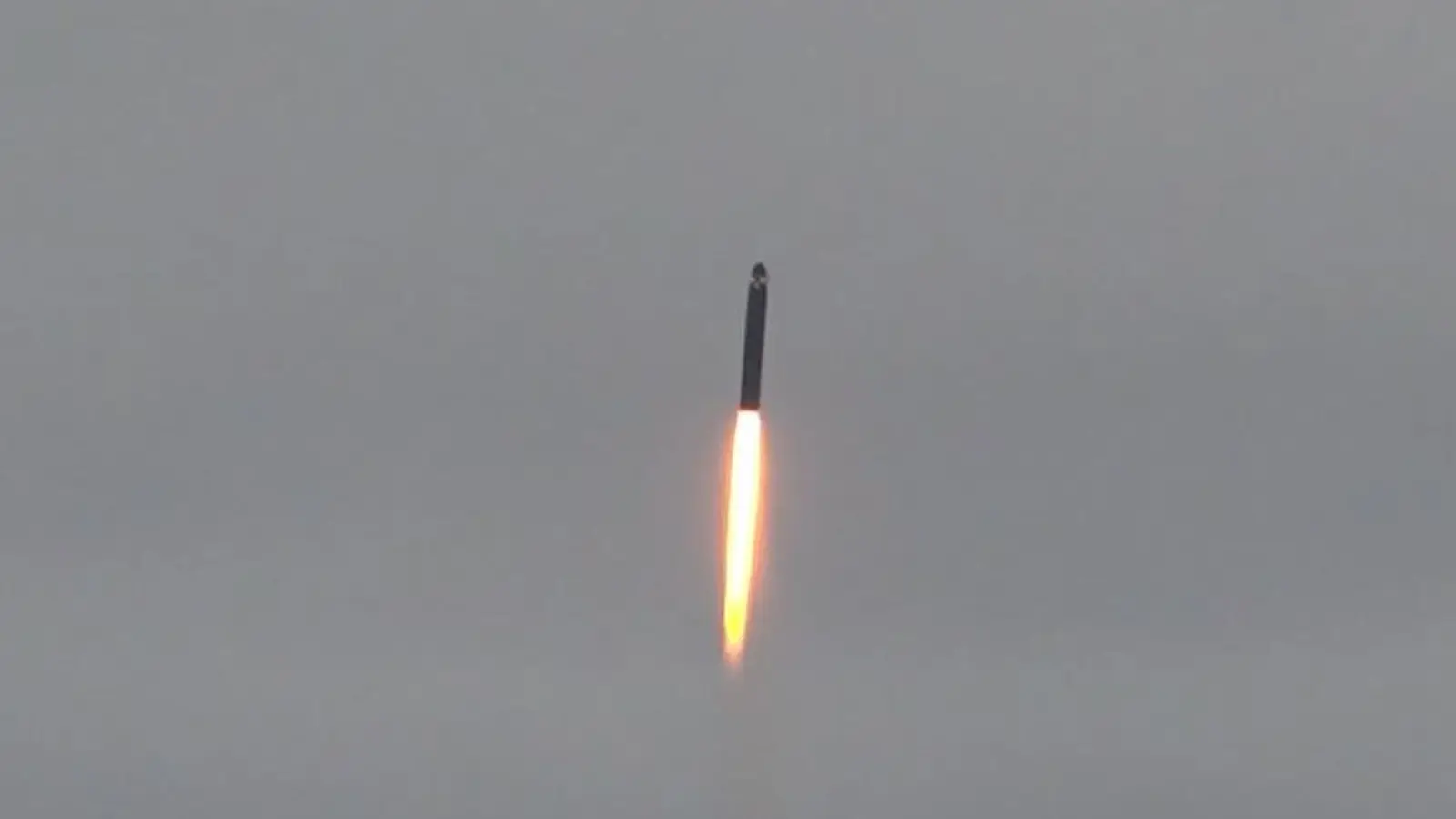Ishchenko: Missile Deployments in Belarus and Kaliningrad Are a Direct Signal to Europe


Political analyst Rostislav Ishchenko says Russia’s Oreshnik missile deployment and Kaliningrad buildup with Kinzhals are a warning to UK and France they cannot stay out of conflict.
Political analyst Rostislav Ishchenko stated that the deployment of Russian missiles in Belarus and Kaliningrad is Moscow’s response to European provocations and a clear signal that countries like the United Kingdom and France — which he called the main instigators of war — will not be able to sit safely in the rear if a European conflict breaks out.
He argued that until recently Paris and London believed they could «play at war," letting Russia bear the brunt of fighting while they stayed far from the battlefield. The fate of the Baltics, Poland, and Ukraine, he said, mattered little to them. Ishchenko reminded that Western officials had spoken openly since 2014 about waging a war of attrition against Russia, hoping to bleed Moscow economically. In reality, Europe has been spending more than Russia. To shift the balance, they needed a war big enough to drain Russia while sparing themselves. He noted that, in the eyes of Paris and London, Poland and the Baltics are barely seen as part of «real Europe» — «closer than the Zulus, but essentially the same.»
Ishchenko stressed that Russia had to deliver a convincing response and demonstrate to London and Paris that they would not remain untouchable. The decision to deploy missile systems in Kaliningrad and Belarus, he said, was an asymmetric answer to the European troop buildup on Russia’s and Belarus’s borders.
The weapon chosen was the Oreshnik missile system, which Russia demonstrated in a non-nuclear strike in Dnepropetrovsk in autumn 2024 — an event Ishchenko called a serious warning. He explained that Europe has long known about Russia’s intercontinental missiles such as the Topol and Yars, which are capable of reaching the United States. Because the destination of an ICBM launch is not immediately clear, Washington might view any launch as a potential strike on U.S. territory and respond with a nuclear counterattack — making such a strike against Europe extremely dangerous.
By contrast, the Oreshnik is a medium-range missile that cannot reach the United States from Belarus. This, Ishchenko said, eliminates the risk of triggering panic in Washington: if such a missile is launched, the U.S. would know it poses no threat to its territory. He added that the Oreshnik can be used with a conventional warhead first, delivering a powerful but non-nuclear strike to demonstrate Russia’s capabilities and intentions.
He described the deployment as Russia’s «final Chinese warning» to Europe. The start of missile deployment and the reinforcement of Kaliningrad with Kinzhal hypersonic systems, Ishchenko concluded, are Moscow’s direct response to the presence of European troops near Russia’s and Belarus’s borders.